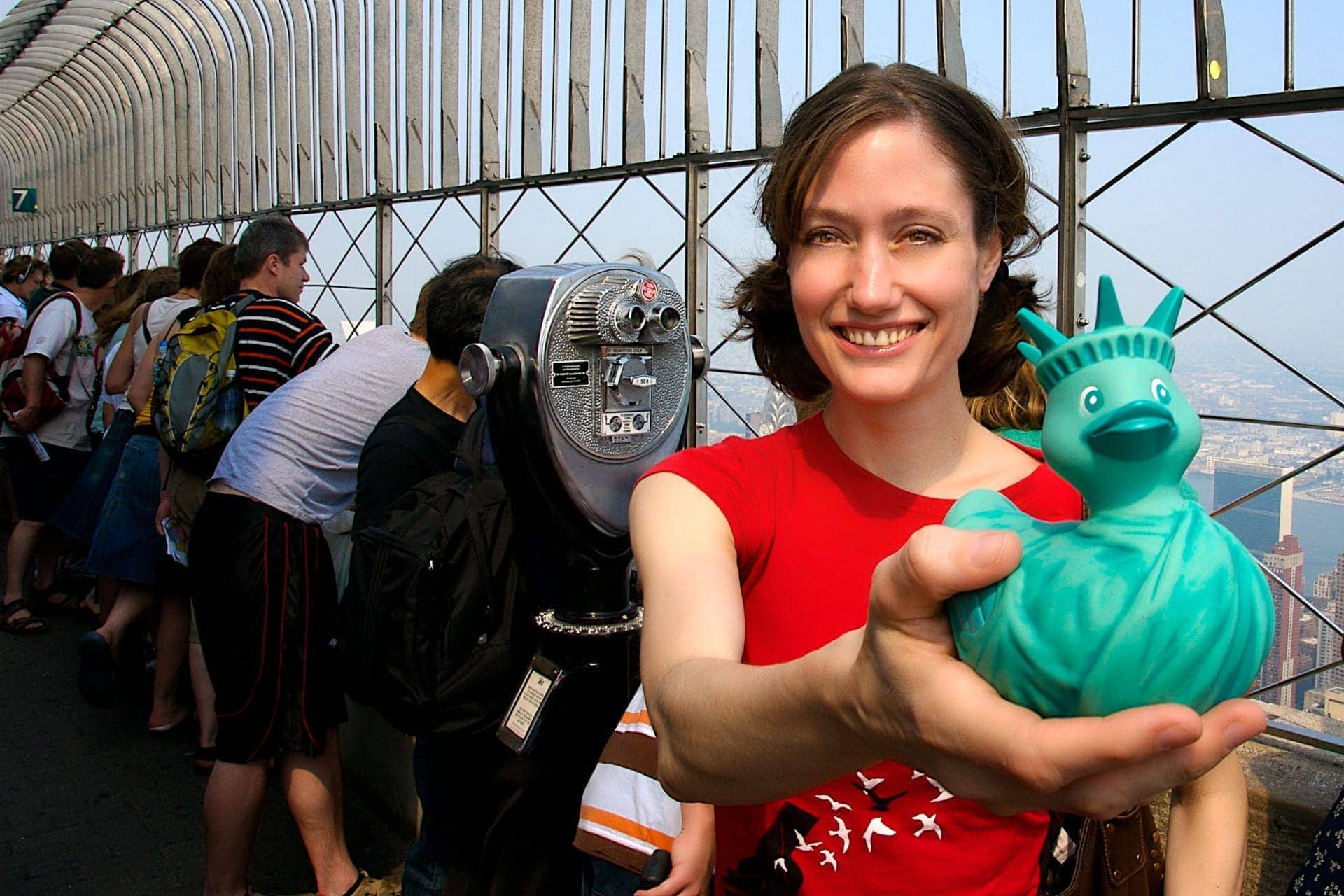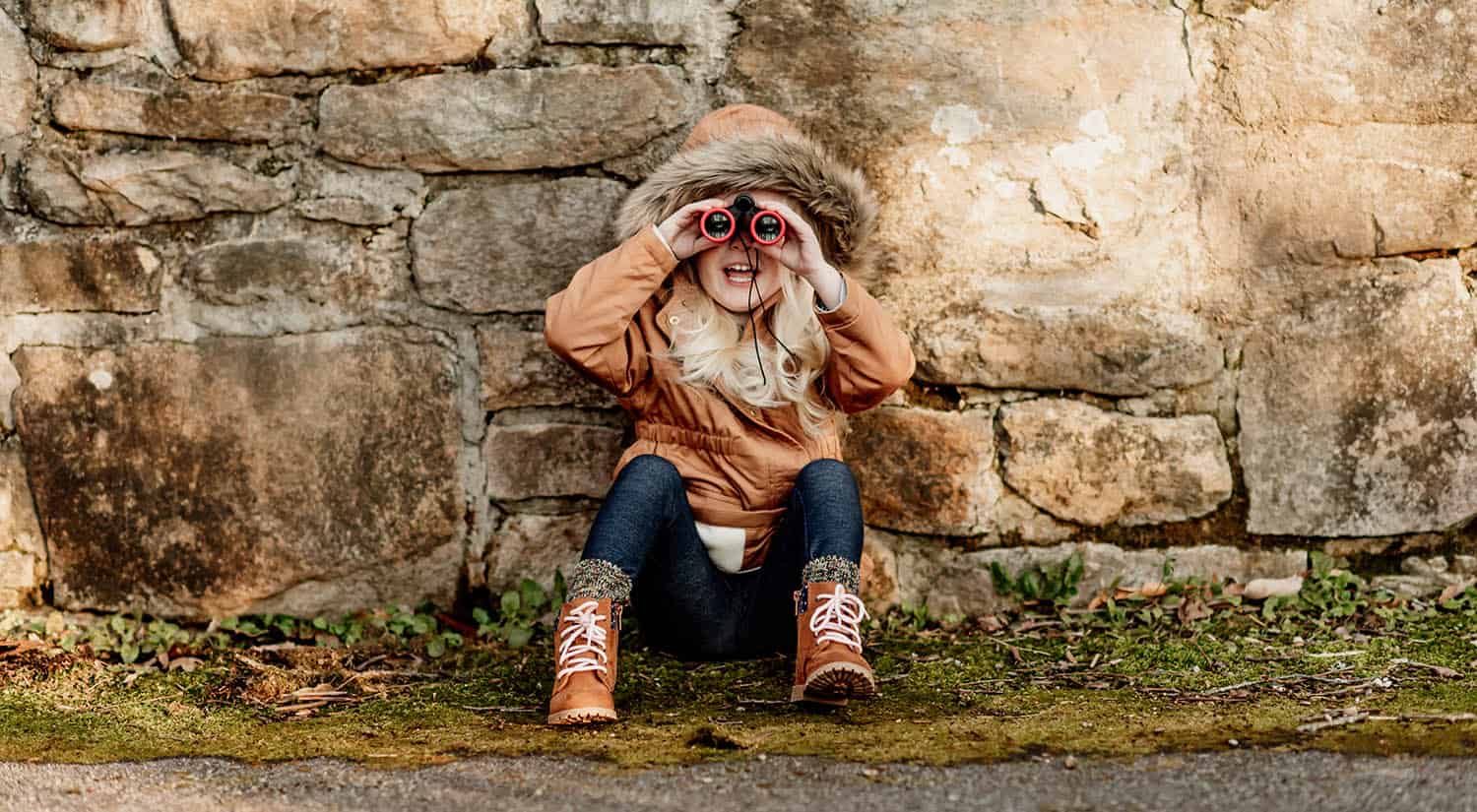It helps to lead the viewer through the entire photo. Take a look at the fishing boat at the very bottom of this image.

Proportion Photographer Mark Shaiken Photography Principles Of Design Outdoor Photography
Nature photography that captures new perspectives of the ocean sky or forest is a great way to experiment with textureAerial photography of the ocean can make the colors and shapes of the waves blend together into fascinating patterns.

. In fact you neednt look further than your TV screen or computer to find examples. The geometric shapes of an industrial building may look like a patterned textile if you shoot it from the right angle. Photography is a world of wonders.
The difference between shape and form is simply light. When you light a subject it appears more three dimensional because of the contrast of light and shade on the subject. This is in contrast to second-unit photography or certain VFX shots needing to be completed.
Then there is the 21 ratio with a one stop difference from the highlight to the shadow. Beethoven uses it in his famous fifth Symphony. Recent Posts - Trent Sizemore Photography Blog.
It has been used for centuries by artists architects and musicians but it can also be found everywhere in the natural world. Without shading a subject is purely two dimensional in appearance and is therefore a shape. Using proportion correctly in your artwork makes your art pieces more realistic and creates the perceptive relationships between.
Using a 11 ratio. The issue is the relationship between objects or parts of a whole. The concept of proportion in photography allows you to compare the size of objects relative to each other.
The Golden Ratio or divine proportion is standard for beauty in all things based on a mathematical number derived by measuring regular polygons. Some people call it the Fibonacci spiral golden spiral phi grid divine proportion or the golden mean. The number is a repeating decimal that approximates to 1618 and can be applied to the human body as the ideal ratio of specific body measurements.
Updated on June 26 2019. You can find aspect ratios that are commonly used in photography and film in many of the objects in the world around you. For any given photo aspect ratio describes the proportional relationship between your images width and height.
With the right camera equipment you can even photograph wavelengths of light invisible to the human eye including UV infrared and radio. They have a great deal to do with the overall harmony of an individual piece and our perception of the art. In photography a perspective is changing how you see a subject versus how other people see it.
Emphasis draws viewers into your image and holds them there long enough to tell your story. To use the golden ratio in photography you simply apply it to the placement of objects in your composition. Principal photography in film is when the majority of shooting takes place.
What is the golden ratio in photography. It enhances the lines balances the weight and improves the shallow depths of field. By Shelley Esaak.
Proportion and scale are principles of art that describe the size location or amount of one element in relation to another. In doing so you can add more or less importance to them. The golden ratio is technically speaking just a number.
Proportion in Photography. Photography is the art of capturing light with a camera usually via a digital sensor or film to create an image. Proportion is an element of art that compares the size of a part of an object in relation to the size of another part of the same object.
However in photography you can use the golden ratio to create compelling compositions. It truly is all around us including in our own bodies. The composition will be more pleasing and balanced for the human eye.
An interesting way to enhance the sense of scale in your photos is through proportion. The golden ratio is a ratio of approximately 1618 to 1. Unlike documentary photography which gives a raw view of things emphasis in photography intentionally chooses the center of interest to determine the story.
The perspective makes two-dimensional pictures look like a three-dimensional one. Generally fashion and beauty photography will use this ratio to make their subject look flawless no wrinkles acne pores etc. Use this page to understand the different.
The golden ratio existed well before the modern cameras birth. The golden ratio is a ratio of approximately 1618 to 1. This is the ratio of two quantities that appears over and over again in nature.
Artists have used this ratio for centuries to create works of art from paintings to architecture. Whether you are trying to capture the majesty of mother nature or the cheerfulness of a group of playing children there are rules and tricks of the trade in order to make every photo perfect. The golden ratio is a composition guide.
Using form and shape for emphasis in photography. It adds visual weight to your main subject and tells viewers what to focus on. Refers to the relative size and scale of the various elements in a design.
Principal photography does not include re-shoots or screen tests done in Pre-Production. These are the scenes that typically involve the lead actors.

Principles Of Design Proportion Proportion Is The Relationship Of Two Or More Elem Principles Of Design Proportion Photography Elements Principals Of Design

Space Proportion Scale Illusion Photography Surrealism Photography Forced Perspective Photography

How Do I Use Rhythm And Proportion In Photography

How Do I Use Rhythm And Proportion In Photography

Proportion Intro To Photography

Proportion Of Photography Mystical Of Photography

Photo Aspect Ratio This Is What You Need To Know Shootproof Blog

0 comments
Post a Comment